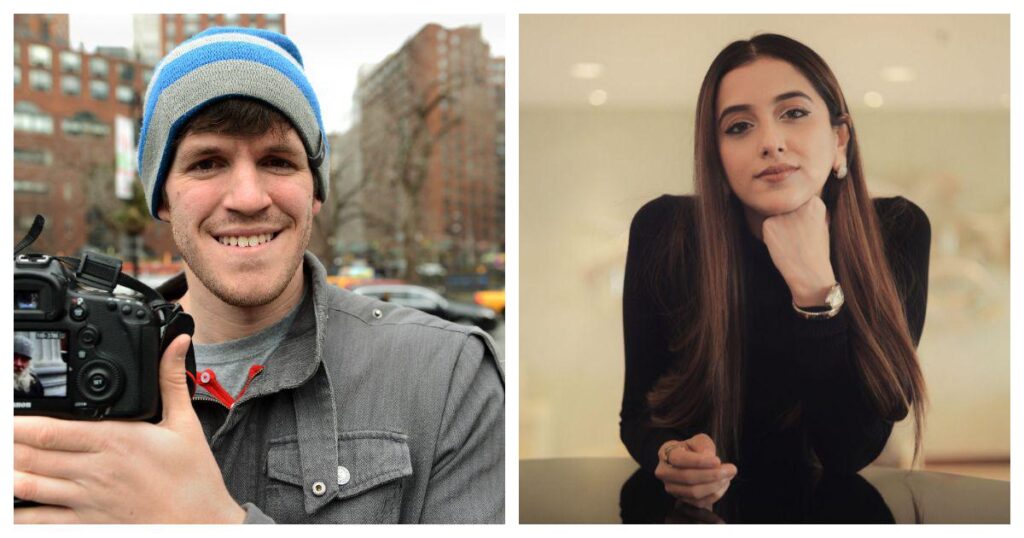
In a copyright dispute that has garnered attention, Humans of Bombay (HOB), a popular storytelling platform, has taken legal action against People of India (POI), accusing the latter of copyright infringement and unauthorized use of their unique storytelling format. The case, filed in the Delhi High Court, alleges that POI has used films from HOB’s Instagram account and YouTube channel without permission.
The plea submitted by HOB also claims that POI has replicated their distinctive storytelling style without authorization, raising concerns of passing off and unfair competition. Advocate Abhishek Malhotra, representing Humans Of Bombay, stated that the defendant had essentially copied his client’s business model.
“The similarities between the Infringing Content and the Plaintiff’s content not just constitutes infringement of copyright owned by the Plaintiff, but also, to passing off and unfair competition, as the Defendants have, evidently, knowingly and deliberately, published content that is identical or substantially similar to the popular Content comprised of Plaintiffs Works in an attempt to ride on goodwill that has been painstakingly built by the Plaintiff,” the plea asserted.
Reacting to this legal battle, Brandon Stanton, the creator of Humans of New York (HONY), shared his perspective on the situation. In a note posted on social media, Stanton acknowledged that Humans of Bombay had drawn inspiration from HONY in the past, but he had chosen to overlook it. He expressed his discomfort with the decision to file lawsuits against other platforms, saying, “I’ve stayed quiet on the appropriation of my work because I think @HumansOfBombay shares important stories, even if they’ve monetized far past anything I’d feel comfortable doing on HONY. But you can’t be suing people for what I’ve forgiven you for.”
In response to Brandon Stanton’s comments, Humans of Bombay (HOB) issued two posts on social media. In their first post, they expressed surprise at what they termed a “cryptic assault” on their efforts to protect their intellectual property. They urged Stanton to familiarize himself with the details of the case and their objectives in safeguarding their content.
HOB’s second post included images related to the legal suit and emphasized that their legal action was related to intellectual property rights in their posts, not about storytelling itself. They clarified that they had attempted to resolve the matter amicably before approaching the court, reiterating their commitment to protecting their team’s hard work.
The copyright dispute between Humans of Bombay and People of India has ignited a broader conversation about intellectual property, creative inspiration, and the boundaries of storytelling in the digital age. It remains to be seen how the Delhi High Court will adjudicate the case and what implications it may have for similar platforms and content creators.
Sources By Agencies




